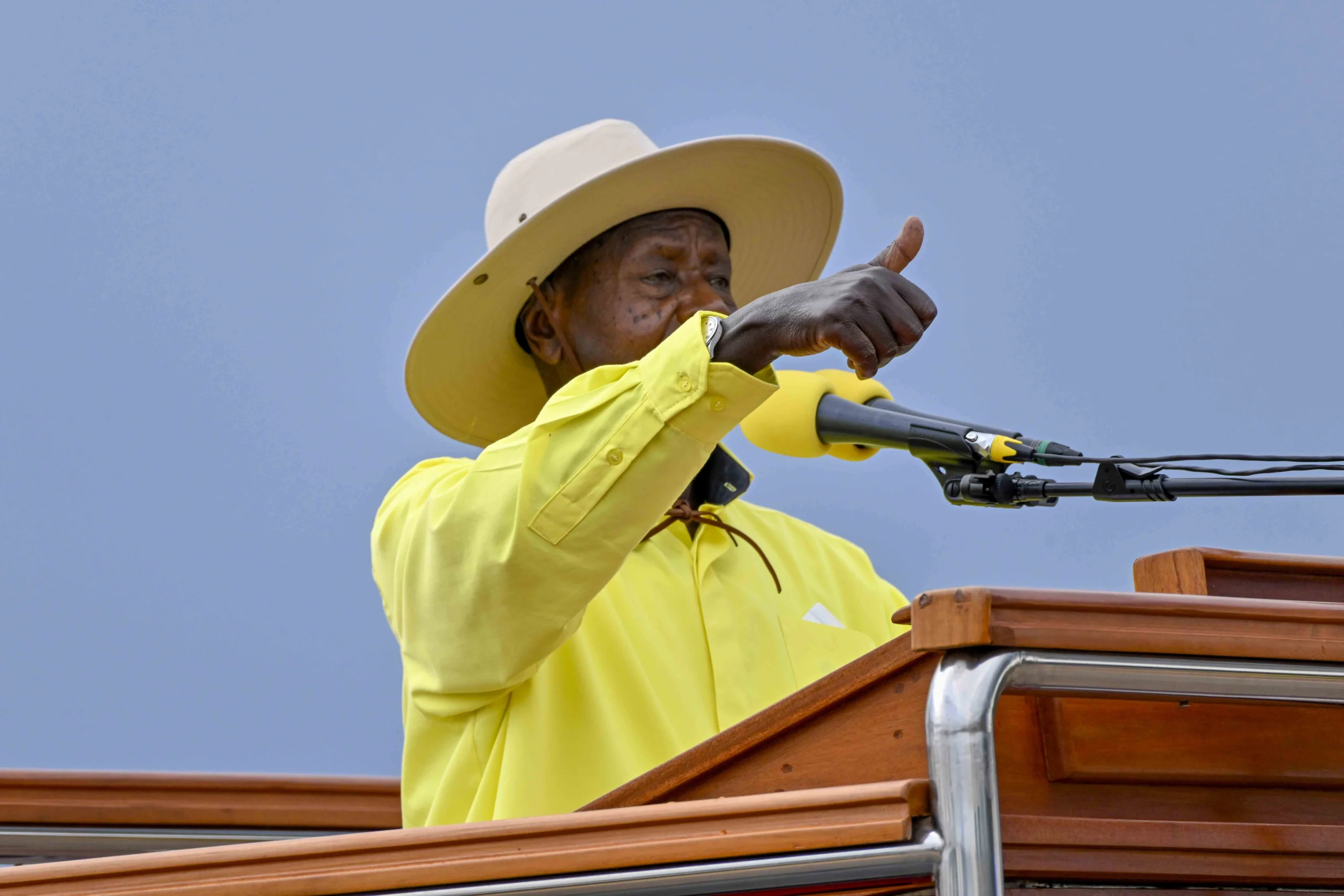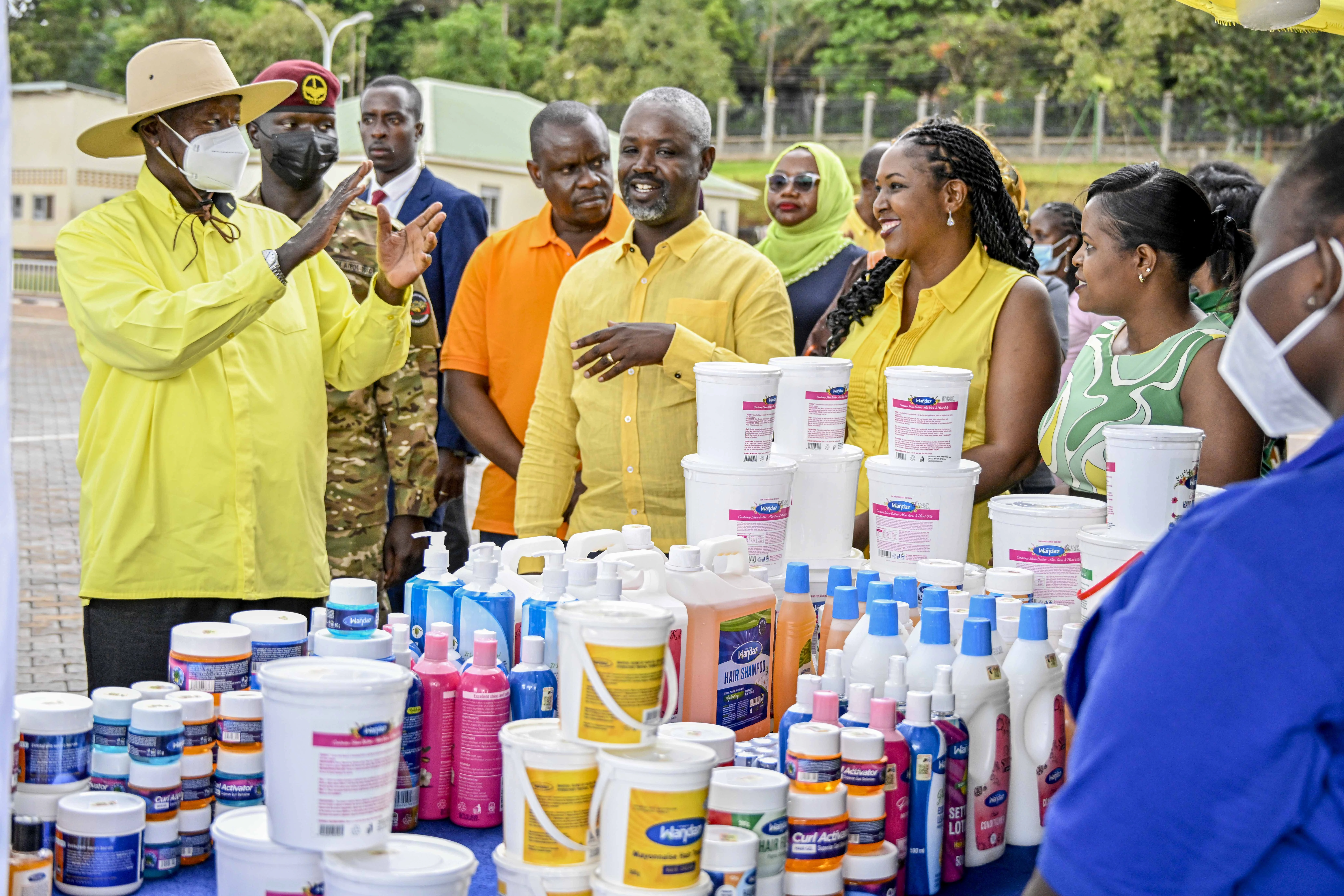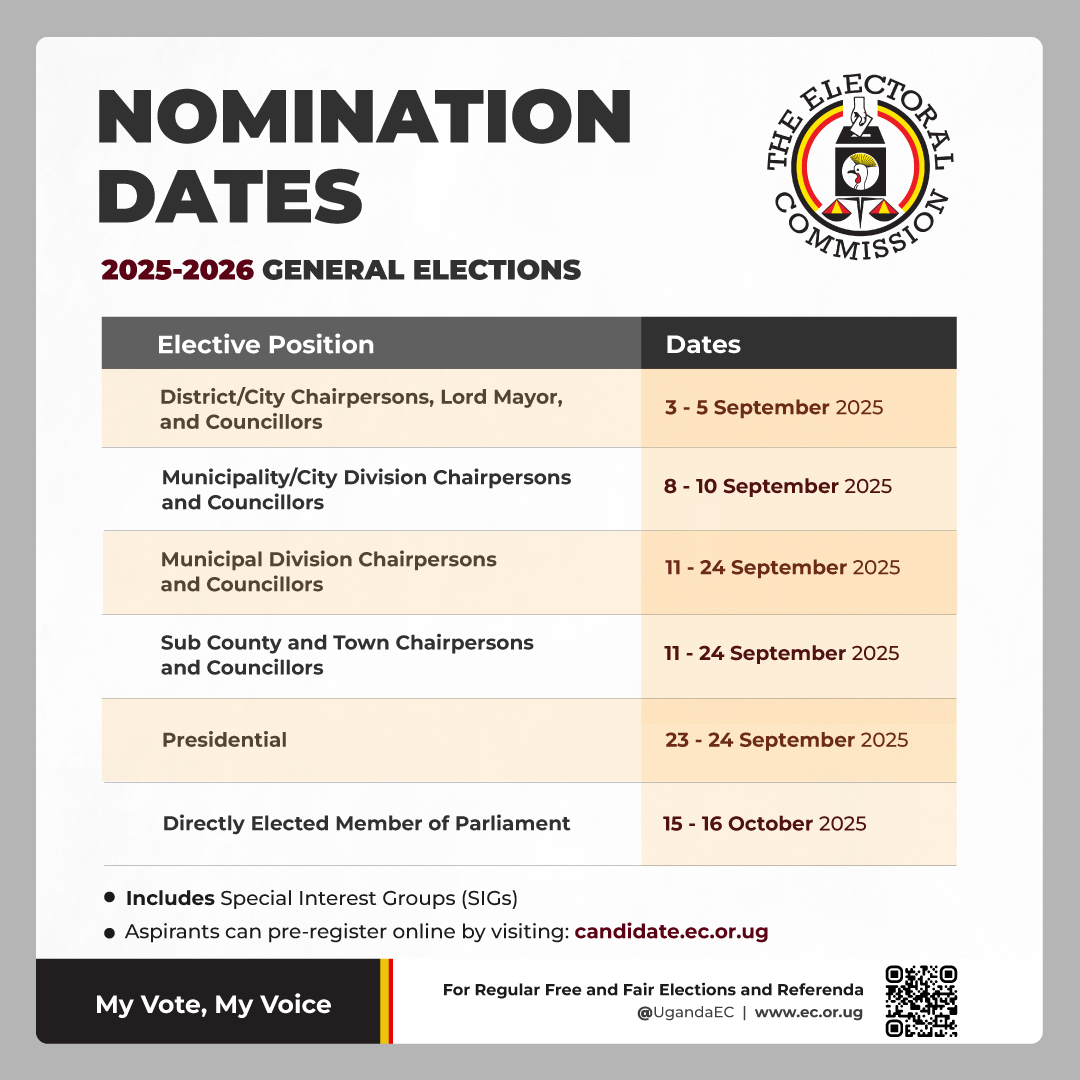By Rising Nation Editorial Desk
In a world grappling with the complexities of sustainable development, Uganda’s Local Economic Growth Support (LEGS) Project emerges as a compelling blueprint for integrated rural transformation. A powerful embodiment of the National Policy on Local Economic Development (2014), LEGS is a flagship initiative of the Ministry of Local Government, implemented with the financial support of the Islamic Development Bank (IsDB), the Lives and Livelihoods Fund (LLF), the Government of Uganda, and the beneficiary communities themselves.

Launched in 2019 and running until 2025, the $50.4 million initiative is not merely another development programme—it is a structural reimagining of rural economic empowerment. By addressing multidimensional poverty through the synergistic pillars of water security, agricultural productivity, rural finance, and sustainable infrastructure, LEGS positions Uganda as a laboratory for results-driven, community-centered policy implementation. Informed by the broader ambition of achieving the Sustainable Development Goals (SDGs 1, 2, 6, and 7), this project is redefining the landscape of development financing and execution in Sub-Saharan Africa.

The Architecture of Inclusive Development: From Concept to Implementation
LEGS stands out for its rigorously designed implementation matrix. The Ministry of Finance, Planning and Economic Development (MoFPED) acts as the borrower of the credit facility on behalf of the Government of Uganda. However, the executional pulse of the project lies within the Ministry of Local Government, serving as the lead agency, supported by the Microfinance Support Centre Ltd (MSC) and Millennium Promise Alliance (MPA) for technical backstopping. These actors work in strategic alliance with District Local Governments, ensuring that interventions are deeply rooted in local needs and institutional capacities.
The project also benefits from inter-ministerial synergies with the Ministry of Water and Environment, Ministry of Agriculture, Animal Industry and Fisheries, and the Ministry of Trade, Industry and Cooperatives—entities that provide sector-specific technical oversight. This collaborative framework exemplifies the kind of vertical and horizontal policy integration often advocated in high-level development discourse, but rarely implemented with such coherence.

A Financially Empowered Blueprint: Investment Breakdown
The LEGS Project is financed by a coalition of development-minded institutions. The Islamic Development Bank contributes $33 million, the Lives and Livelihoods Fund injects $10 million, the Government of Uganda provides $4.8 million, while beneficiary communities offer an impressive $2.6 million in both cash and kind. This diversified financing model not only democratizes ownership but also galvanizes local commitment and accountability.
Project Goal and Development Objectives
The overarching goal of the LEGS Project is to contribute to the realization of key SDGs by promoting a localised model of economic resilience. At its heart, LEGS seeks to:
- Enhance agricultural production and productivity;
- Increase household incomes and rural employment;
- Strengthen access to water for production and consumption;
- Improve postharvest infrastructure and market access; and
- Expand access to affordable rural finance.
The anticipated outcomes are ambitious yet grounded in feasibility:
- 25% increase in access to safe water;
- 30% rise in farmers using improved seeds;
- 10% improvement in crop yields through sustainable practices;
- 20% uptake in renewable energy and energy-saving technologies.
These figures underscore the project’s strong orientation toward measurable impact and long-term value creation.
Geographic Reach: Precision Targeting for Maximum Impact
The LEGS Project operates in 17 carefully selected districts across Uganda. The selection criteria include water stress levels, poverty indicators, infrastructural gaps, economic potential, and demographic considerations. This data-driven approach ensures that interventions are not only equitable but also strategically positioned to generate catalytic growth effects.
The project comprises two major components:
- Component A (Executed by the Ministry of Local Government): Focuses on Water for Enhanced Agricultural Productivity and Environmental Conservation across 10 districts including Alebtong, Bunyangabu, Kabarole, and Kumi.
- Component B (Implemented by MSC): Supports Value Chain Development in all 17 districts, including additional areas such as Tororo, Buikwe, and Rukungiri.
Investing in Transformation: Sectoral Interventions
LEGS is not a project that dwells in silos. Its integrated investment strategy spans multiple sectors and touchpoints of community life:
Water for production and human consumption: Establishment of boreholes, valley tanks, and small-scale irrigation schemes to buffer communities against climate variability.

Infrastructure development: Rehabilitation of community access roads and establishment of modern market infrastructure to enhance agricultural commerce.

Natural resource conservation: Promotion of environmental stewardship, including afforestation and sustainable land use practices.

Livestock, fisheries, and apiary support: Diversification of income sources through non-traditional agricultural enterprises.

Rural finance expansion: Provision of affordable credit lines to enable acquisition of quality inputs and mechanized equipment.

Renewable energy: Deployment of solar-powered systems and energy-saving stoves to mitigate reliance on unsustainable energy sources.

Cooperative development: Strengthening of farmer organizations for collective bargaining, storage, and market penetration.

Beneficiaries: A Gender-Responsive, People-Centered Vision
LEGS aims to directly transform the lives of 2.3 million Ugandans, across 283,000 households, with 51% of its beneficiaries being women. This demographic balance reflects a deliberate effort to mainstream gender equity in rural development—an often-cited but underachieved global objective. By recognizing women as central agents in agricultural productivity and community resilience, the project advances both social justice and economic efficacy

A Scalable Model for Africa and Beyond
What makes LEGS a replicable model for other developing economies is its underlying philosophy: development must be both locally owned and systemically supported. The blend of national policy coherence, district-level execution, and community engagement ensures both strategic alignment and contextual responsiveness. In a global landscape where rural marginalization continues to hinder equitable development, Uganda’s LEGS Project is not merely a localized initiative—it is an emerging prototype for sustainable grassroots prosperity. With its smart integration of agriculture, infrastructure, finance, and climate resilience, the project offers invaluable insights to multilateral agencies, policymakers, and development economists worldwide
A Rising Nation’s Rural Renaissance
The LEGS Project is not just enhancing livelihoods; it is elevating the very notion of what development can look like when driven by data, collaboration, and a shared national vision. Uganda’s rural communities are not passive recipients of aid—they are active architects of their own transformation. And as the global development community continues to seek effective models for inclusive growth, LEGS stands as a formidable reference point for what is possible.
Rising Nation is committed to chronicling and amplifying transformative stories that illuminate the pathways to sustainable development in Uganda




